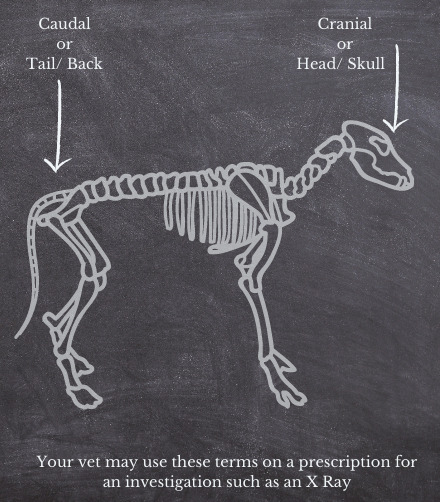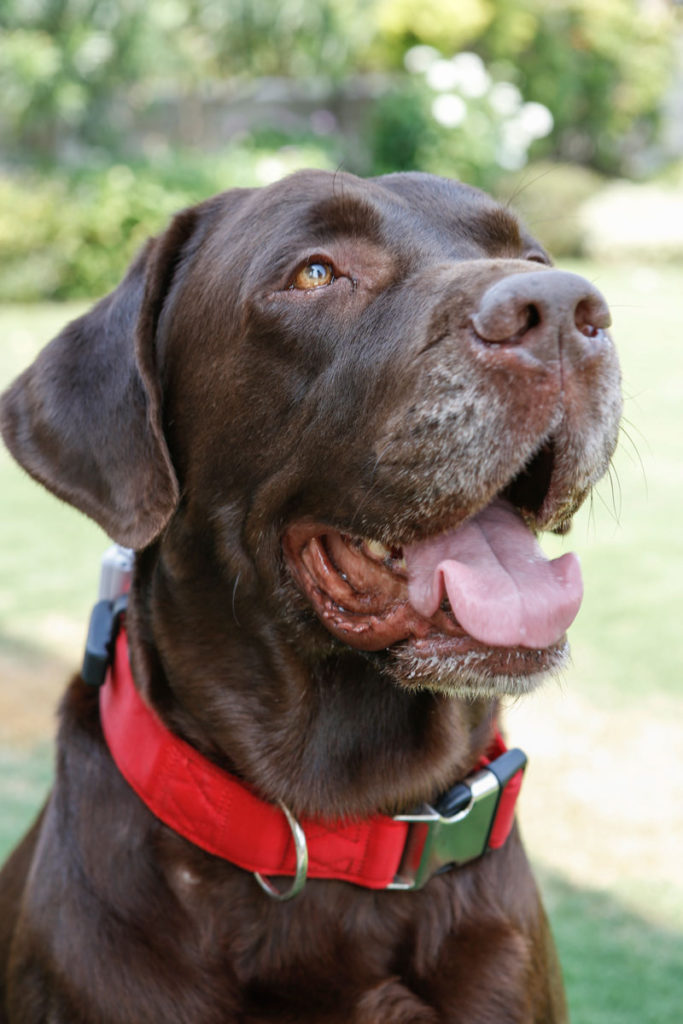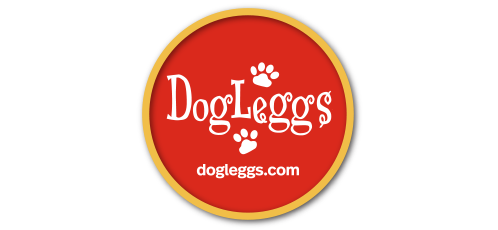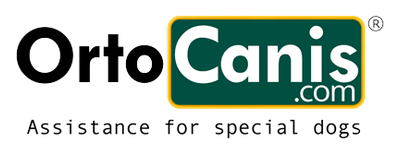Common Canine Orthopaedic Conditions That Can Benefit From Rehabilitation
There are many orthopaedic conditions that canines develop, and it can be cumbersome for an owner to deal with these conditions while feeling overwhelmed or at a loss for how to help your furry friend. In addition, our pets cannot tell us what is bothering them or causing them pain, making it difficult to know when they are experiencing pain or injury.
Usually, not knowing can result in a condition developing over time and gradually getting worse. If not detected soon enough, surgery is required, leaving you unsure how to help your dog during recovery. Enlisting vet rehabilitation for your pet after surgery can be the perfect option to ensure that your dog will recover properly and thoroughly.
However, you can avoid surgery later in your pooch’s life if rehabilitation happens at a younger age or during early detection and with milder cases of conditions. While going to a veterinarian is important for regular checkups, or when surgery becomes necessary, vet rehabilitation therapists have a lot to offer in terms of assistance and healing. Here we will look at some of the common canine conditions that vet rehabilitation can help.
HIP DYSPLASIA
Hip dysplasia in dogs is one of the most common congenital conditions that vet rehabilitation therapists will see. It happens when the ball and socket joints in the canine’s hips do not seal together correctly, and due to increased movement or stress, the joints and tendons surrounding the hip become inflamed, making it difficult for your pet to get up and walk around. We asked the veterinarians who see patients through Bond Vet’s online telehealth service about the typical signals of hip dysplasia, as these signs are a common reason that pet owners book their virtual service. They encouraged “early detection” and “close monitoring of your dog’s hip movements,” given that “oftentimes, hip dysplasia goes unnoticed until your dog starts showing lameness or trouble standing and laying down.”
This condition is most often seen in larger breeds of dogs, like German Shepherds, Golden or Labrador Retrievers, and Mastiffs. It can, however, still occur in small breeds of dogs and even cats. So when you notice that your pet is displaying signs of pain to get up or lay down, you might want to take it in for an x-ray to rule out the possibility of hip dysplasia.
The causes of hip dysplasia vary, but development usually begins with genetics, but factors including weight gain, growth rate, exercise, and improper nutrition can play a role in this condition. While supplements such as glucosamine and chondroitin can help with treatment, vet rehabilitation can help your dog learn how to make more calculated movements and restrict specific exercises so as not to exacerbate the condition.
ELBOW DYSPLASIA
Elbow dysplasia can pertain to multiple conditions that occur within the elbow joint, such as fragmented coronoid disease (FCD), osteochondritis dissecans (OCD), and ununited anconeal process (UAP). All of those conditions fall under elbow dysplasia. The elbow joint is complex and made up of three bones. When the bones do not fit together correctly due to growth or abnormalities, the unbalanced weight distribution contributes to joint pain, causing lameness and arthritis.
Radiographs are usually taken to diagnose one of these conditions of elbow dysplasia. The symptoms, however, can wane, which makes an accurate diagnosis difficult. Sometimes surgery will be necessary to remove loose cartilage or bone fragments.
However, the more mild cases tend to result in a better, long-term outcome for your dog, slowing the progression of arthritis. Veterinarians who work with vet rehabilitation therapists will refer patients out to rehab specialists to ensure that each dog can heal optimally post-surgery. Rehabilitation might include massaging the healing joints, as well as limiting motions that cause too much pain or placing Soft Elbow Braces for Dogs to ease their walking. These braces are also ideal to be used for arthritis and arthrosis.
MEDIAL PATELLAR LUXATION (MLP)
Medial patellar luxation occurs in dogs when their kneecap slides out of place from the bottom of the femur. This condition tends to occur in smaller breed dogs, and the state is graded depending on the severity of the movement.
Depending on the grade, there may be necessary surgery. Milder cases can be treated with rehabilitation, which will lower the frequency of the luxation. However, if surgery is needed from a veterinarian, it is crucial to consult with a vet rehabilitation therapist to make sure that your pet’s knee heals properly. Treatments within rehab might include massaging around the “new” knee or even canine hydrotherapy.
Typical recovery requires the pet to be confined and limited for six to eight weeks, with controlled rehab therapy exercises. If you do not take care of your pet during recovery, there is a risk of migration of the implant, which can cause more painful problems for your pet.
OSTEOARTHRITIS (OA)
Osteoarthritis can happen in any of your canine’s joints and often is not detected for long periods since initial signs don’t typically manifest right away. OA is the most common form of arthritis seen in dogs, and the chronic pain is caused by loss of cartilage, thickening of the joint, and new bone formation. The disease is typically a precursor to hip or elbow dysplasia, as well as medial patellar luxation.
Diagnosis of this comes with a physical exam of the affected joints and an x-ray. There are various forms of treatment, including weight control and activity modification. But vet rehabilitation is also utilized to improve joint mobility and increase muscle mass. BondVet states that many canines given rehabilitation for OA often enhance their endurance and go on to live longer, happier, and healthier lives without the need for surgery.
CONGENITAL LIMB DEFORMITY
Congenital limb deformities are unique to each dog; unfortunately, it is the result of genetics. They can be present at birth, or you might notice during development and growth, and there are several possibilities as to why limbs become deformed. While the majority are a result of genetics, some are results of traumatic injury.
The most common types of growth deformity occur in the forelimbs rather than the hind limbs. The forelimbs are more affected because they tend to be used more. If one of the bones ends up growing more quickly than the other, it results in abnormal development, and sometimes the bone becomes twisted or bent. Use of Walking Front Limb for injuries to your pet’s lower front limbs can provide support and brace daily wound therapy. Don’t forget to remove these splints at bedtime to allow your pets limbs to breathe.
X-rays diagnose a limb deformity. In some cases, a 3-D x-ray helps pinpoint more accurately the location of the deformity. Many of these types of deformities can be treated without surgery, with vet rehabilitation.
VET REHABILITATION IS VITAL
While we might do our best to detect a problem as soon as possible, as dog owners, progressive conditions may take time to develop. This is before we understand that our pet is in pain. Suppose you cannot assess and get proper rehabilitation for your pet before it results in the development of one of these conditions in a severe form. In that case, you can still utilize the assistance that vet rehabilitation can give your dog in aftercare.
As pet owners, we play the most critical role in managing our dog’s conditions to ensure a better quality of life. Consider doing some research before bringing your dog into your home. Enlist the help of a vet rehabilitation therapist early in your dog’s life. Vet rehabilitation therapists can give your pet proper exercise and care, so that you can confidently know that you have provided your dog with the best options for a prolonged, happier and healthier life.
















